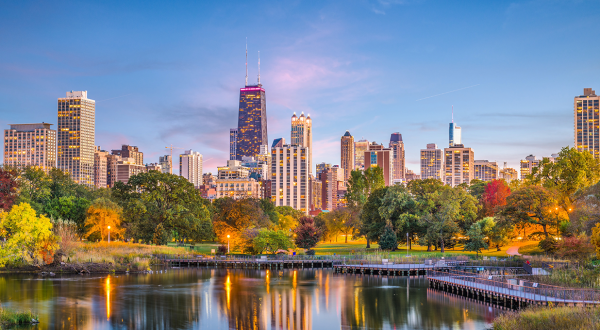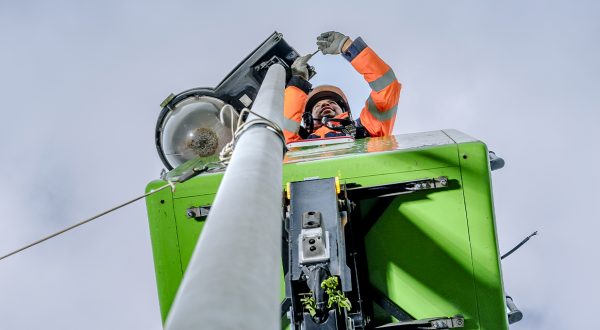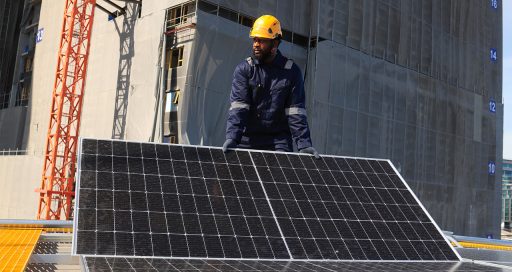As an indispensible part of the public space, light creates a hierarchy of urban spaces, and shapes user behaviour. Today it is a focus of the search for ways to reduce local energy consumption.
![]()
In the second half of the 17th century, Police Lieutenant Gabriel Nicolas de la Reynie had streetlights installed in Paris to facilitate the work of night watchmen and maintain public order. Historically, the purpose of urban lighting was thus initially to keep citizens safe.
Since then, light has become a vital aspect of public space management, a part of the urban heritage, and a crucial contributor to the appeal of cities. At the end of the 1980s, it even became a cultural focus in events such as the Fête des Lumières in Lyon, the Amsterdam Light Festival and the Montreal High Lights Festival.
Climate change has now changed all that. Public lighting accounts for 41% of local authorities’ electricity consumption in France. At a time when a large number of studies have pinpointed the harmful impact of light pollution on the environmental ecosystem, the Association nationale pour la protection du ciel et de l’environnement nocturne (French national association for sky and night environment protection) reports that the amount of light emitted by public lighting systems alone has increased 94% over the past two decades.
“Lighting in public spaces serves a variety of purposes, reflecting the major urban policy issues.”
“Increasing environmental concerns, growing attention to the convenience and comfort of life in the city, and the need to reduce public spending call on us to re-think the role of light in public spaces,” says Nicolas Planteau du Maroussem, Managing Director of VINCI Energies in the Ile-de-France, Nord and Est regions and Director of the Strategy Committee of Citeos, the VINCI Energies lighting and urban equipment brand.
The LED revolution
The expression “city of light”, coined to describe Paris when it inaugurated public lighting during the World’s Fair in 1878, continues to resonate and public lighting continues to be managed in the singular, but municipal stakeholders have begun to think of lighting and light in the plural, moving from “the city of light” to “city lights”.
“Lighting serves a variety of purposes in public spaces, reflecting the major urban policy issues,” says Nicolas Planteau du Maroussem. Safety, mobility, social inclusion, environmental and economic sustainability, and aesthetics are just some of its functions.
To address all these challenges, city authorities have a powerful ally – LED (light-emitting diode) technology, which, in addition to having a service life of 10 to 15 years, can cut the amount of electricity consumed by municipal lighting systems by 75%. Its many benefits include IoT connectivity, dimmable lighting at the required power level, and remote management of each light independently of all the others.
In short, LED enables urban lighting to migrate to dynamic, sensitive systems that can modulate light intensity according to urban mobility and are geared to continuity of use.
The “right” lighting
The development of sustainable mobility and the encouragement of reduced energy consumption are central aspects of the discussion about future public lighting systems.
For a long time, urban lighting was designed according to a central criterion – automobile traffic. Streets needed lighting so that cars could use them. Today, attention has shifted towards other types of mobility such as walking, bicycles, bus rapid transit, and tramway systems. For these types of mobility, there needs to be a shift away from a systematic, single lighting to a “right lighting” system – lighting in the right place, at the right time, and at the right intensity.
And new types of partnership will also be required to improve the performance of the lighting sector. “The energy performance contracts under which we currently make commitments to local authorities can cut consumption by up to 70%,” says Nicolas Planteau du Maroussem.
The fact remains that the most innovative commercial approaches, which will soon enable local authorities to simply purchase access to light, are only possible with a 100% LED system. With a limited fleet renewal rate of 3% per year, it will probably take many years for cities to complete their migration to LED.
In the meantime, “smart” lighting is gaining ground, because the idea is not just to replace equipment but also to re-think the overall role, position, and purpose of lighting in public spaces.
12/03/2020





